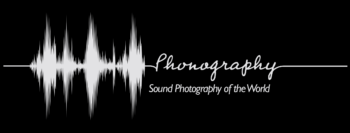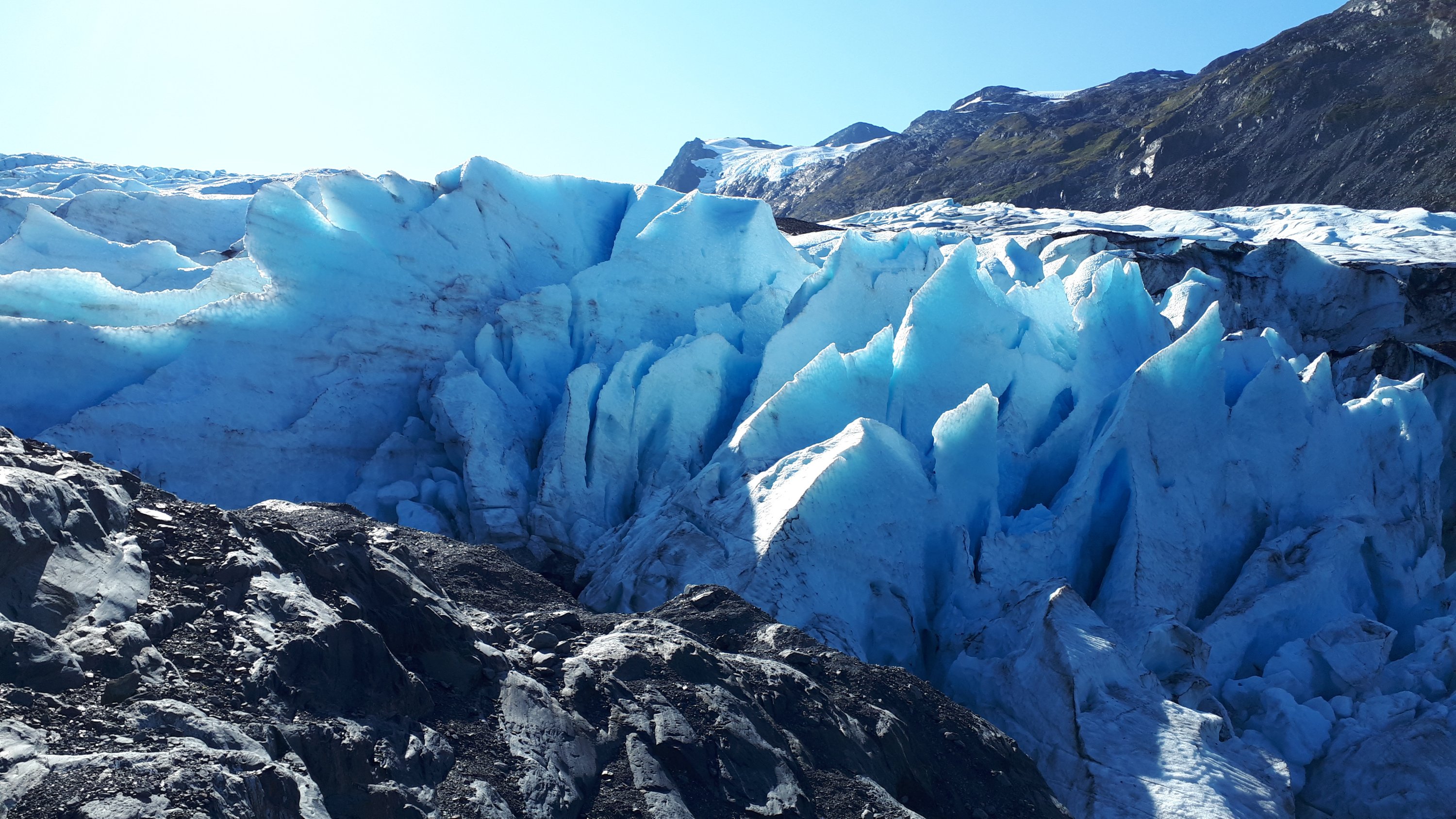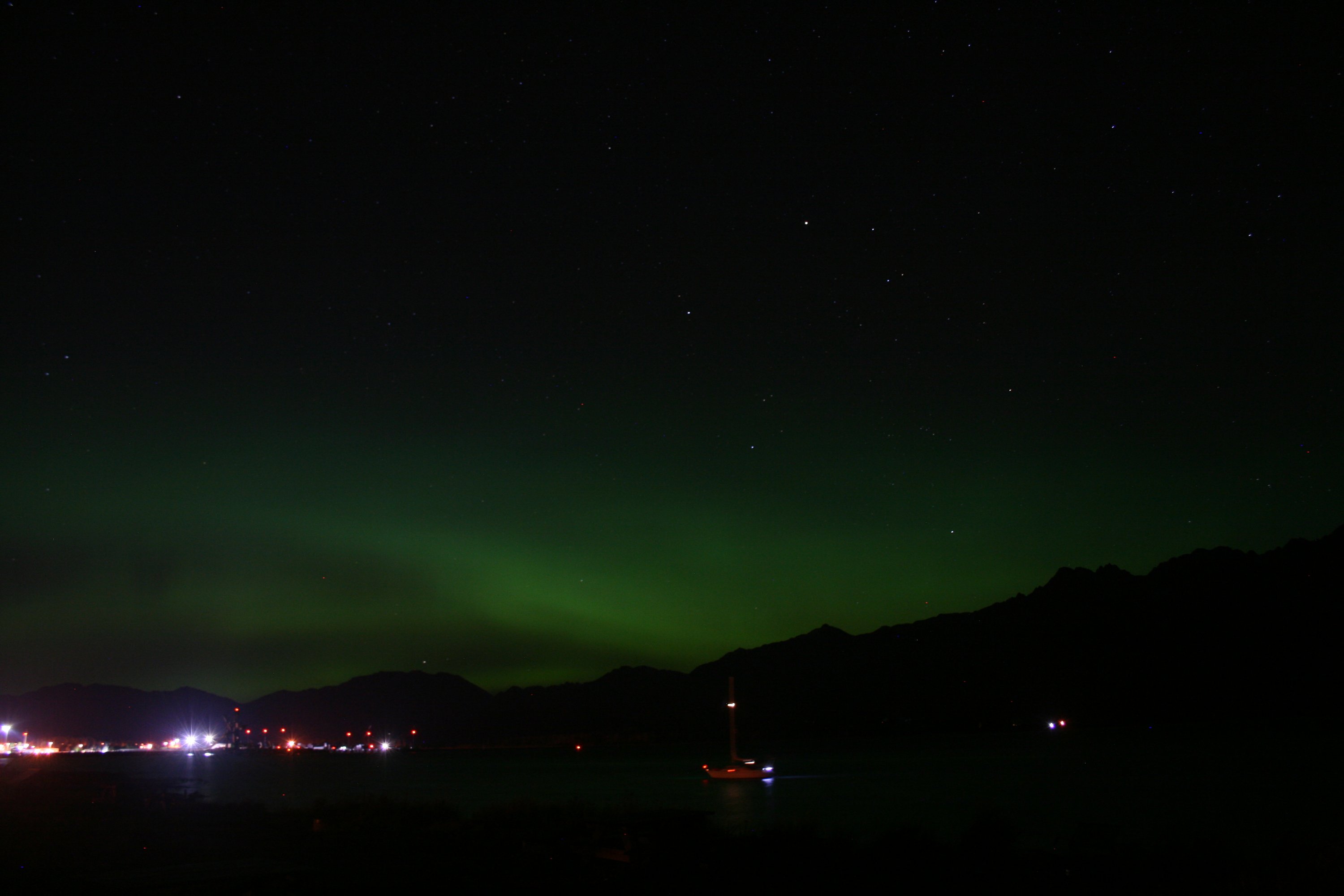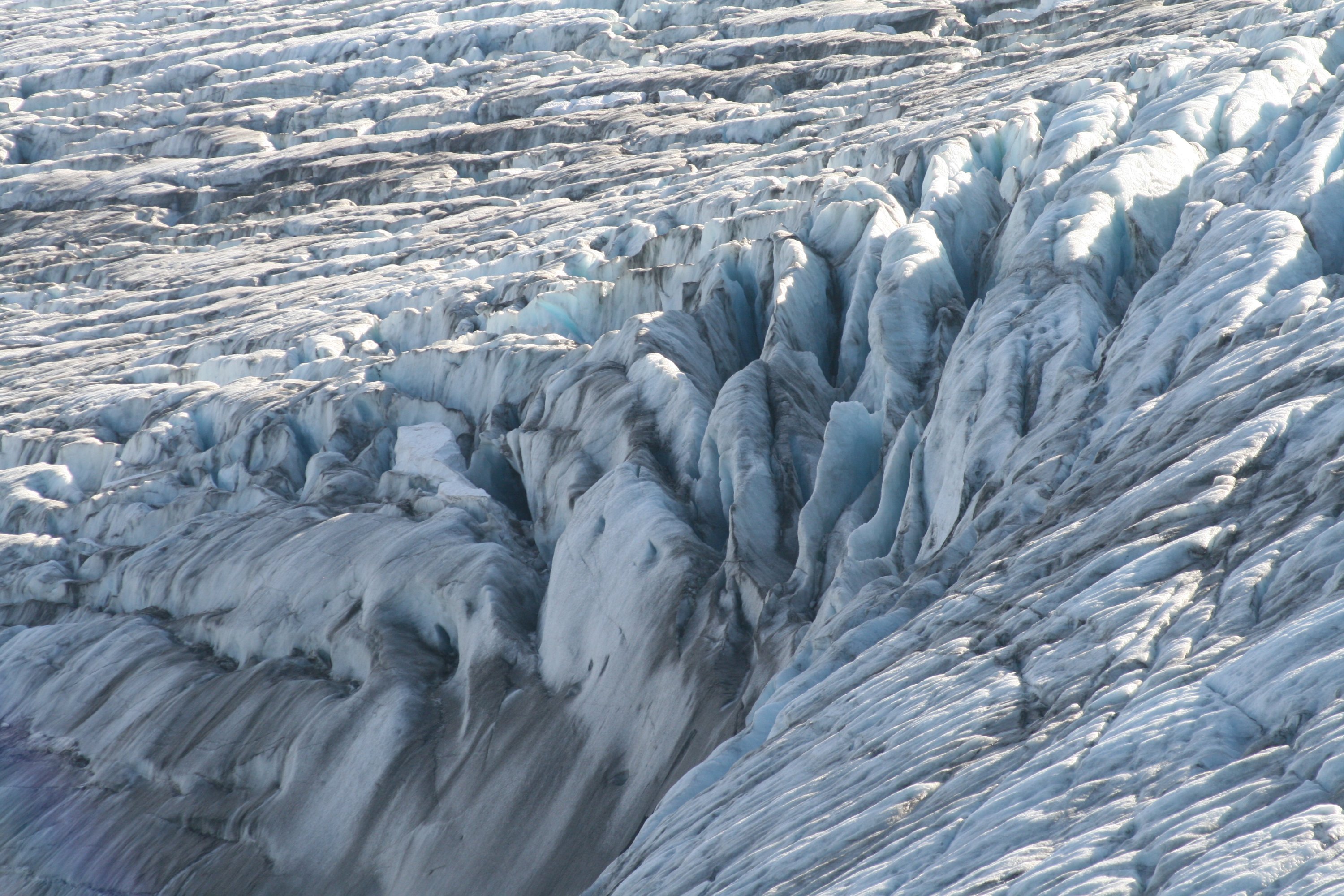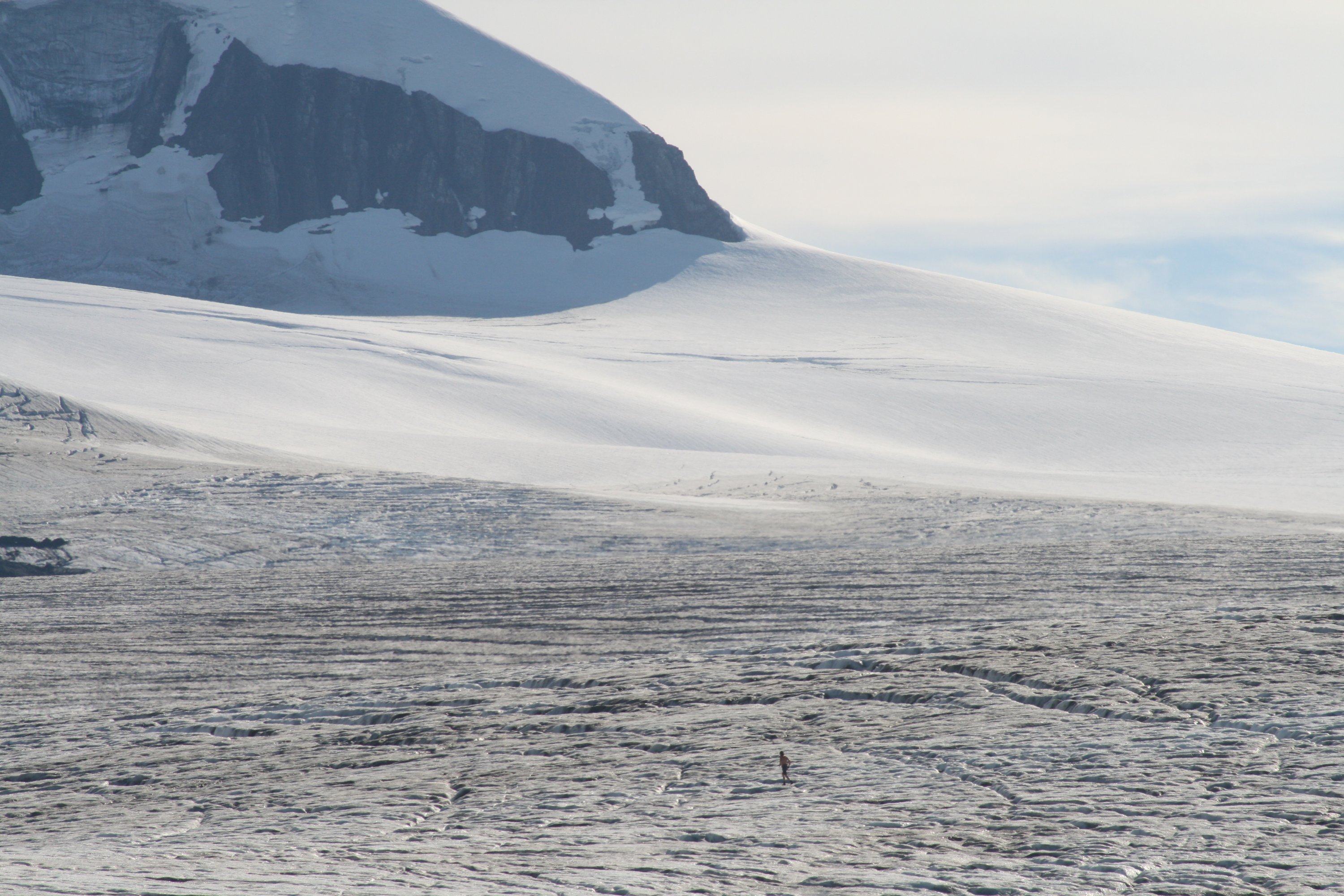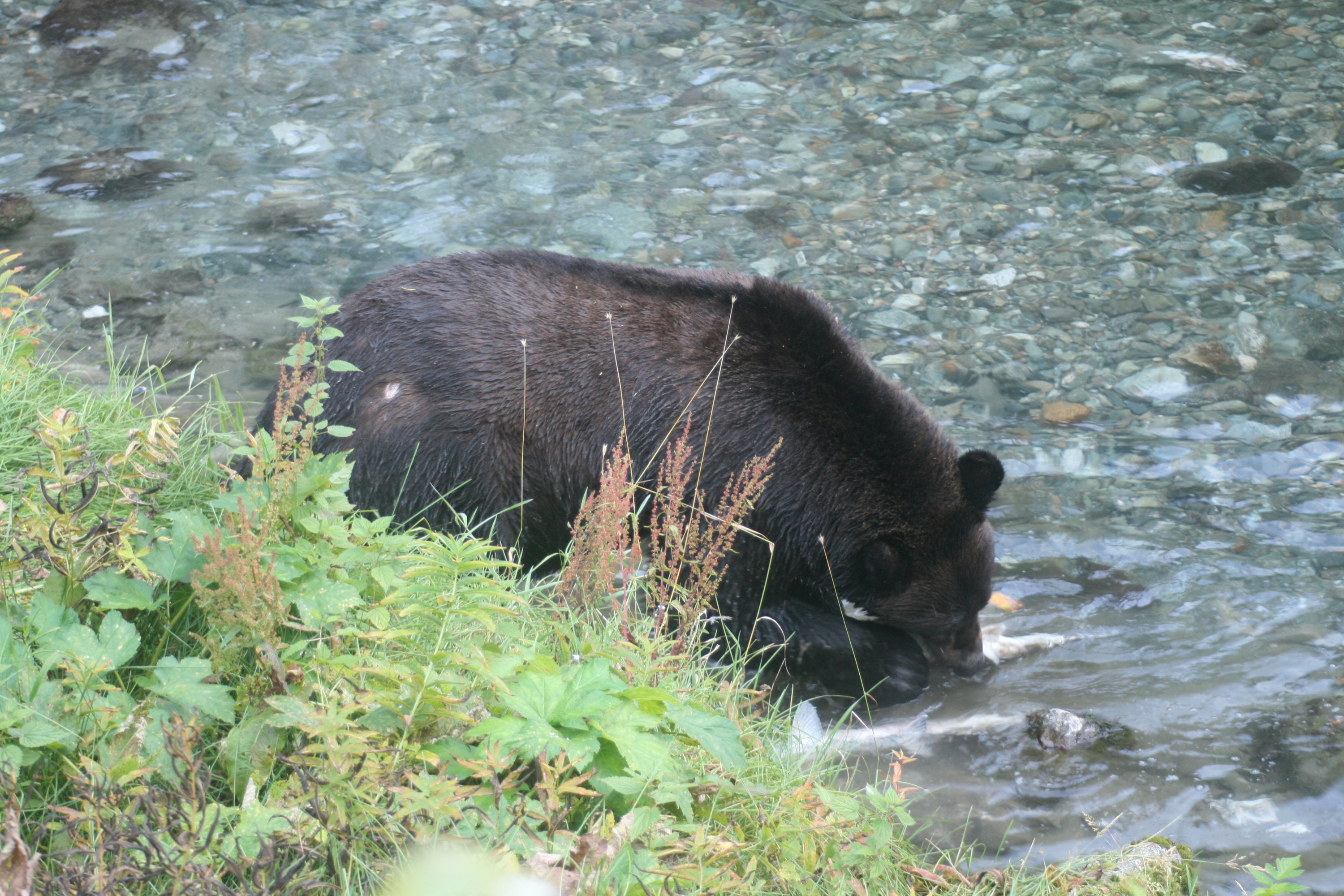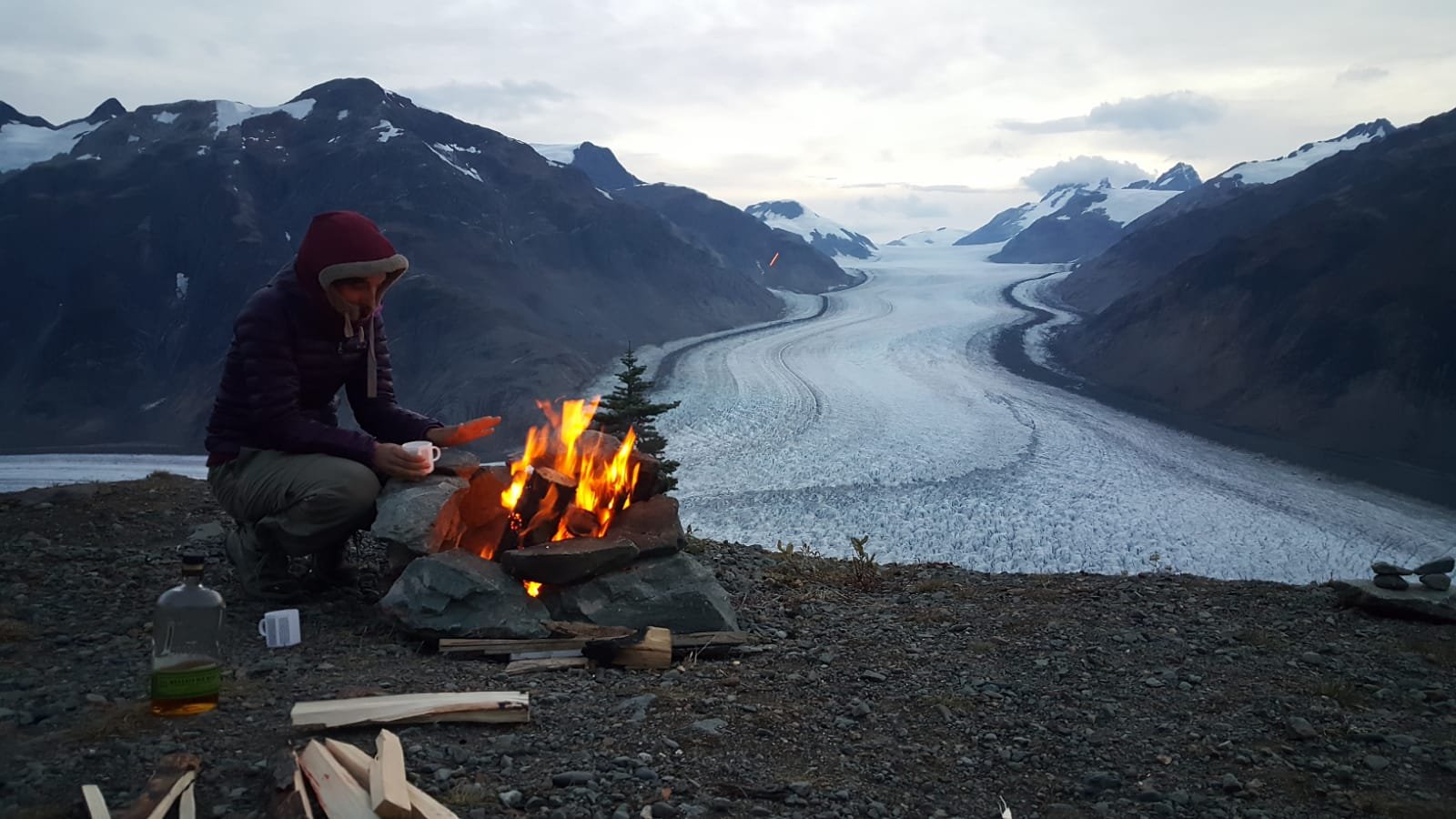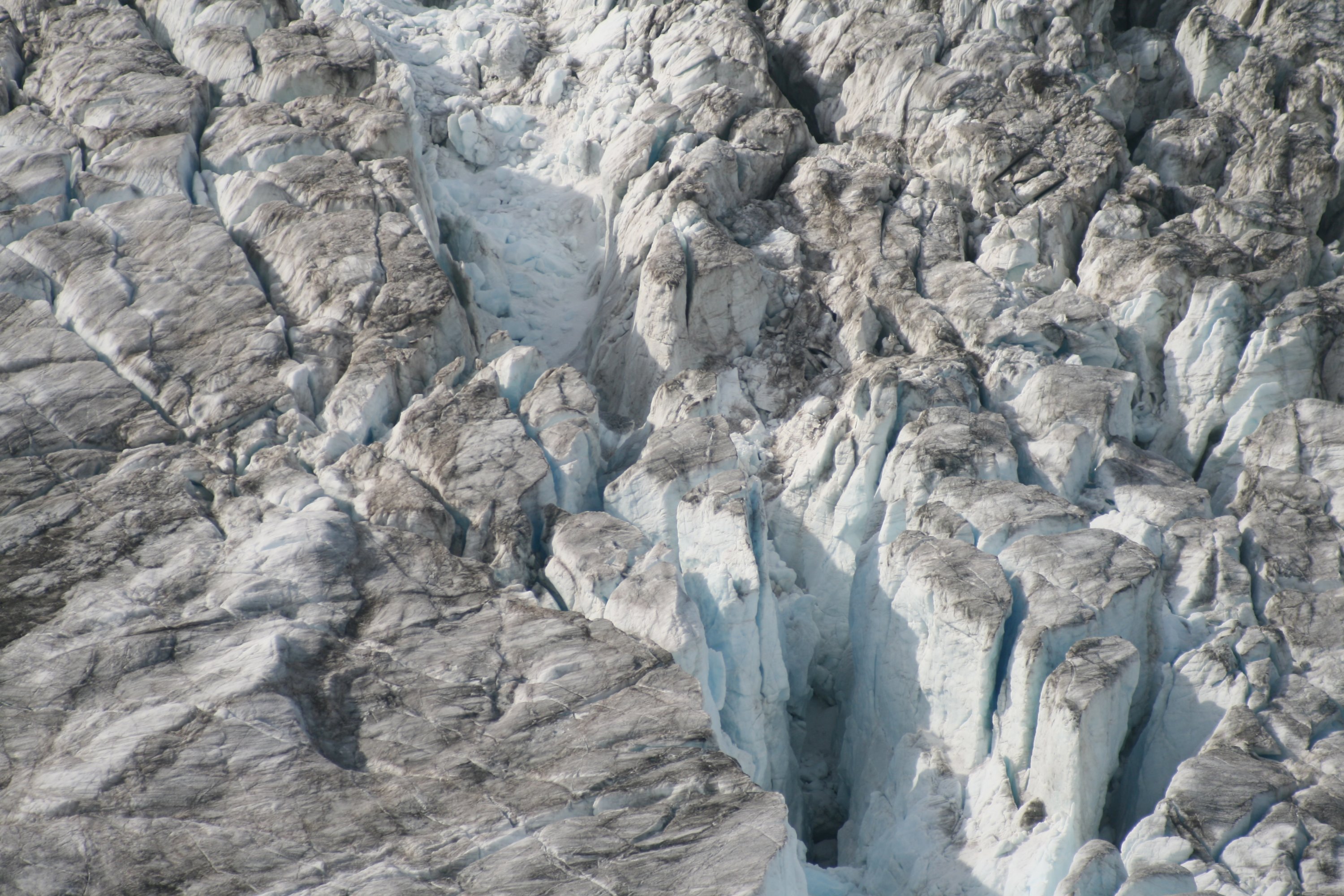Without planning it, we spent most of our USA time in Utah, a state where 80% of the population lives in Salt Lake City; the rest is desert and canyon, all singular, all beautiful.
In his book “Desert Solitaire”, Edward Abbey explains how these rough, arid and fragile landscapes have become over the years protected national parks, accessible to the public via roads. And the border remains thin between preservation and universalization of places. Some parks now look like great tours of point of view, drive-in photography, selfie paradise.
Without sulking the infrastructures set up, it was necessary to find a balance between tourist attractions and solitary exploration, to capture, with our microphones, the silent beauty of the desert.
The off road:
in the margins of these busy roads, 4×4 vehicle tracks crisscross the parks and remain less crowded. Sometimes dizzying, dangerous, these off-road transform any person into an explorer, give back sensations of adventure and allow to discover quasi-desert areas. The ideal environment for our sound recordings. We gravitated a long way around the Canyonlands Park, whose tracks turn heads:
the “Shafer Road” took us straight into the scene of the final scene of Thelma and Louise, the “Potash Road” made us lose a car’s plastic protection, another made us give up. All gave us the thrill and sensation of total immersion, loss of landmark in the immensity of the desert.
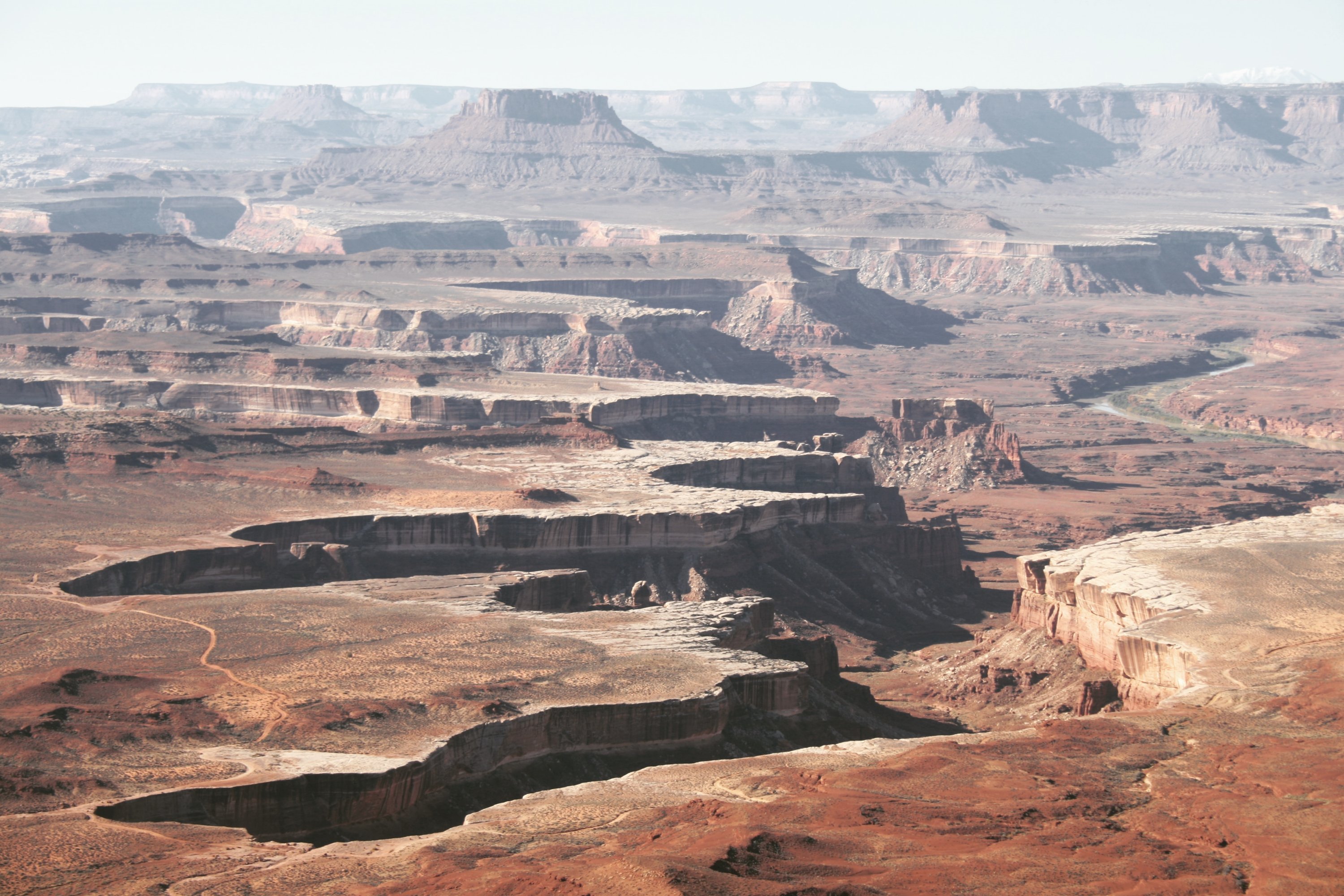
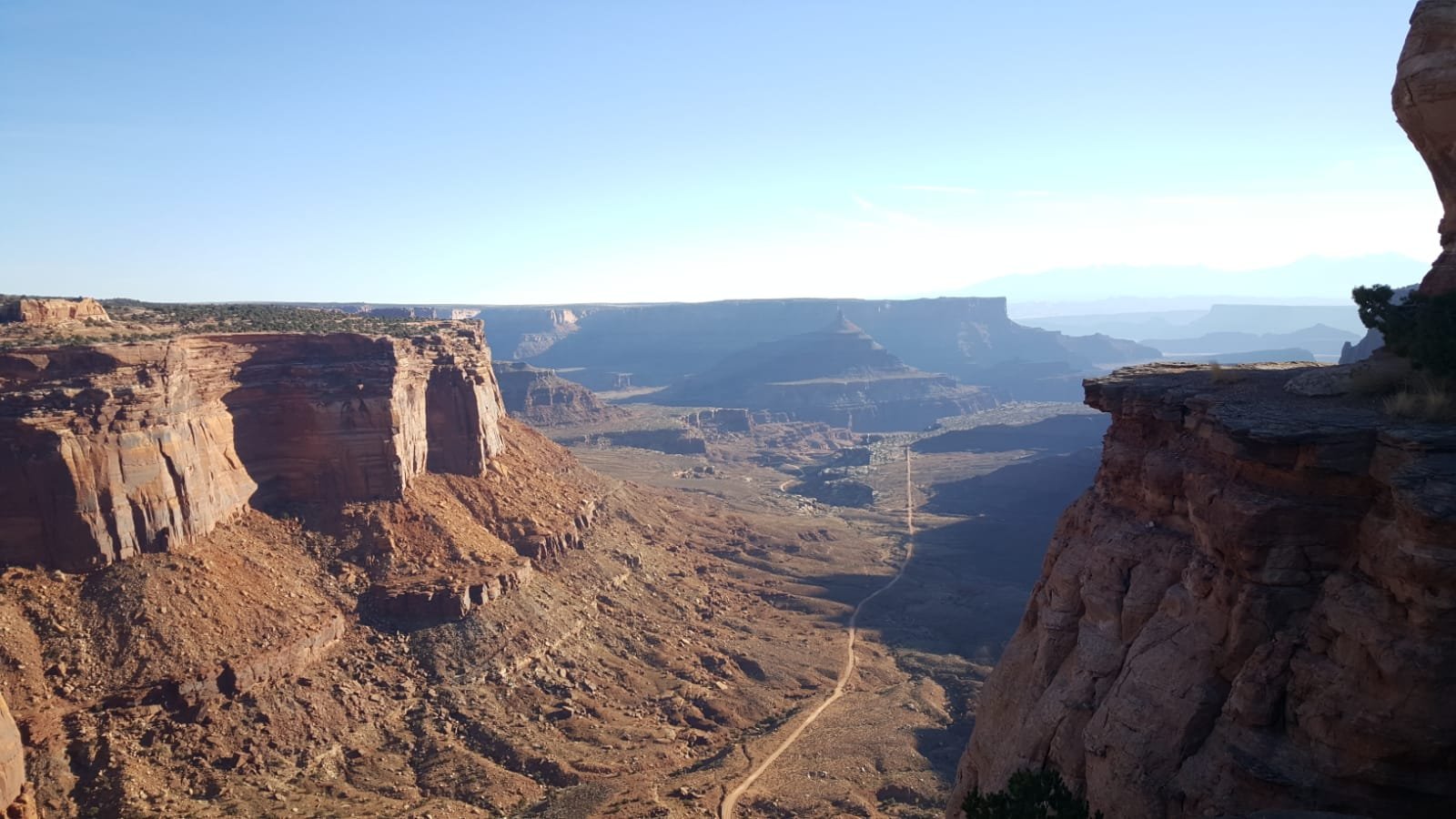
The nights :
Far from the official campsites within the parks which display “no vacancy” even out of season, we could establish our evening camps in all freedom.
Spot like in “Mad Max” movie with crazy machines desert or alone at the edge of a canyon, the moods are unique.
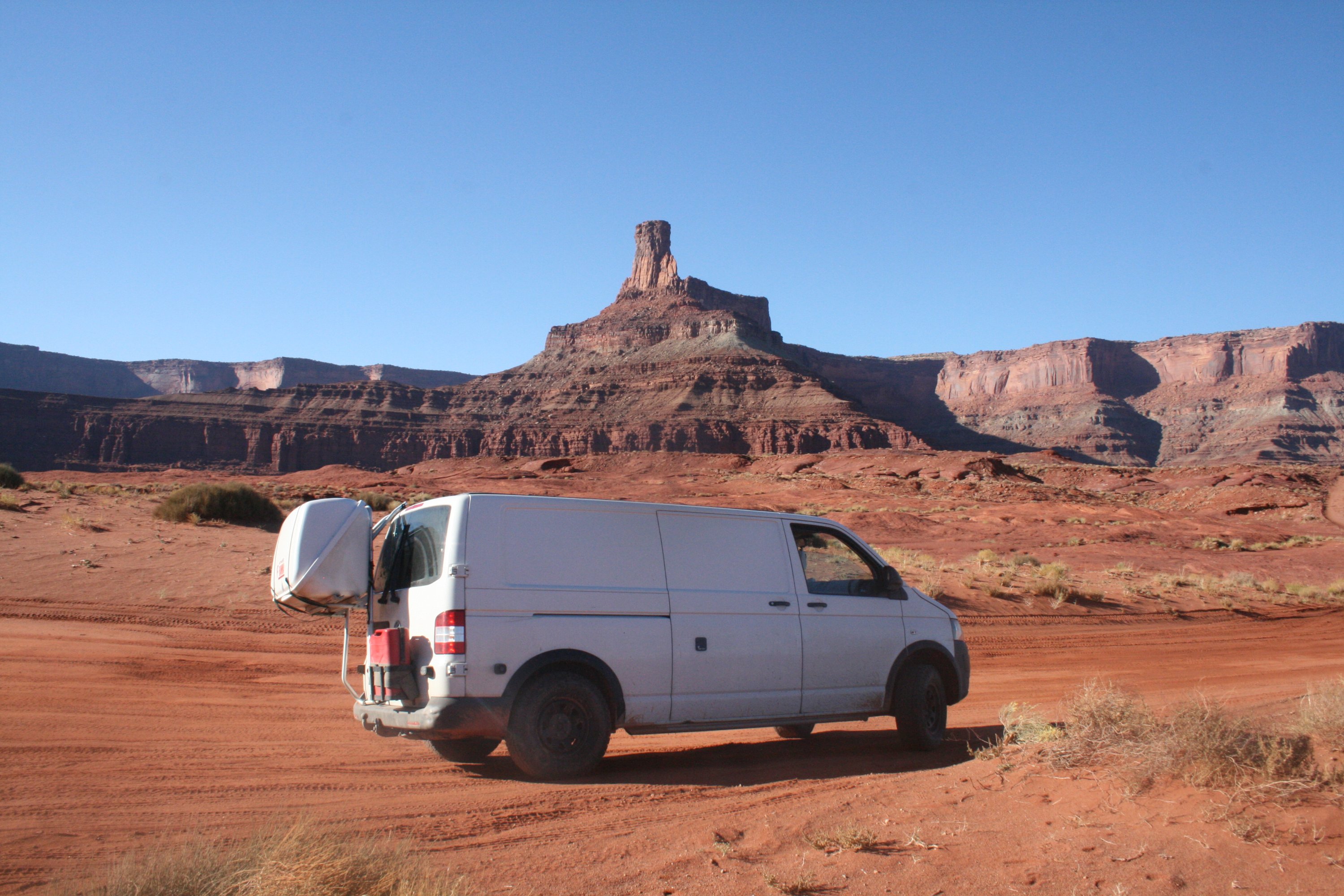
We took advantage of these lost bivouacs to leave the microphones on certain nights. These s”ound traps” are ideal to surprise animal activity from sunset to sunrise, it is here that everything happened.

The hikes:
The hike is the best way for total immersion in the parks. Just a few kilometers, even on the popular trails, to find yourself (almost) alone and trying recording some sound. Little marked, the trails naturally follow the curves of the terrain, without bypassing obstacles, and give this sensation of intuitive exploration. Devil’s Garden Trail in Arches, Elephant Hill in Canyonlands, Peek-A-Boo Loop in Bryce Canyon, Angels Landing and the Narrows in Zion.

Alternatives :
Because of lack of time or money, we missed somes parks. This is the case for Antelope Canyon, very popular for these famous slots canyons, narrow and glowing.
By exchanging tips between travelers, we have found alternatives that are worth seeing. This is the case of the Red Canyon at Kanab. Twelve kilometers of walking in the sand, to have the canyon for oneself, to make some shots of sound and a beautiful phonography.
